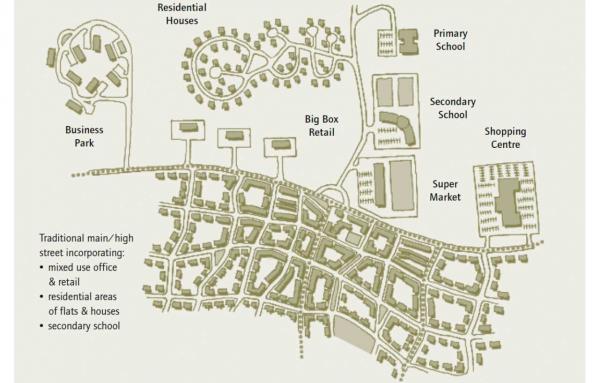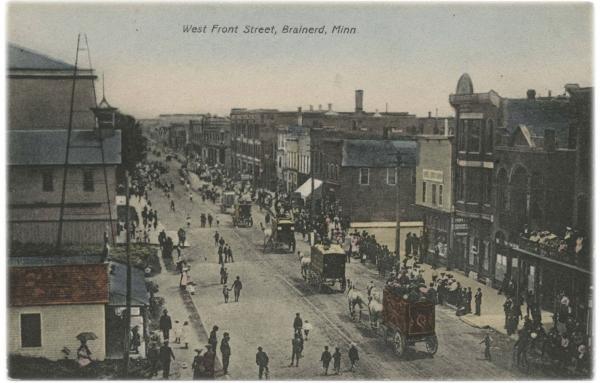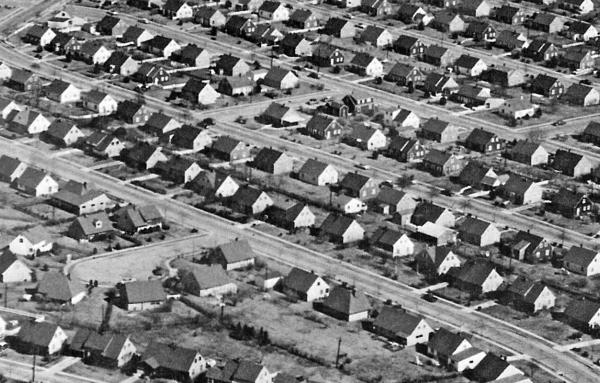SPRAWL
Conventional suburban vs. sustainable urban
This diagram [FOOTNOTE:1] explains a key difference between conventional suburban (top) and sustainable urban (bottom) development patterns. The conventional suburban area, governed by conventional zoning codes, separates uses into distinct areas...
The urban dimensions of climate change: Lessons for a New Urbanism
Reining in sprawl is still the most important first step in transitioning to a more benign kind of settlement, and more responsible planning. Reduction of greenhouse gas emissions is only one of many benefits—but it is a significant one.
Good news, the era of sprawl is over
That problem we’ve been having with inefficient, spread-out, unsustainable, automobile-dependent development patterns is solved at last.
A small ‘c’ conservative case for urbanism
Brainerd, Minnesota, Lafayette, Louisiana, and place called Jimmy's Pizza highlight the advantages of incremental design and development—and show why car-oriented development turns out to be a very poor investment.
It was the Boomers, in the cul-de-sac, with a stack of zoning laws
It doesn't take much digging to find that generational blame for sprawl doesn’t add up and gets us no closer to a solution—for that, we need a more targeted approach.




